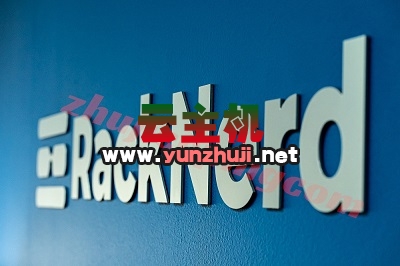服务器硬件英文名字是 "Server Hardware"。
以下是关于服务器硬件的英文介绍:
Server Hardware: The Backbone of Modern Computing
In the realm of computing, server hardware plays a pivotal role. It forms the backbone of modern computing infrastructure, enabling businesses and organizations to store, manage, and process vast amounts of data efficiently. This article delves into the various components that make up server hardware, their functions, and their significance in the world of information technology.
1、Server Chassis
The server chassis, also known as the server case or enclosure, is the physical housing for all the internal components of a server. It provides protection against physical damage and environmental factors such as dust, moisture, and temperature fluctuations. The chassis also facilitates proper airflow to ensure efficient cooling of the server’s components. There are different types of server chassis available, including rackmount, tower, and blade servers, each designed to cater to specific use cases and installation requirements.
2、Motherboard
The motherboard, or mainboard, is the primary circuit board within a server. It houses the central processing unit (CPU), memory, and various expansion slots for additional components such as graphics cards and network interface cards. The motherboard also provides connections for storage devices, power supplies, and peripheral devices through various ports and connectors. The design and layout of a motherboard can significantly impact the performance, scalability, and reliability of a server.
3、Central Processing Unit (CPU)
The CPU, often referred to as the "brain" of the computer, is responsible for executing instructions and performing calculations. In a server context, CPUs are typically more powerful than those found in desktop computers or laptops, as they need to handle multiple tasks simultaneously and process large amounts of data quickly. Server CPUs may have multiple cores and threads, allowing them to execute multiple instructions at once and improve overall system performance. Some popular server CPU manufacturers include Intel, AMD, and ARM.
4、Random Access Memory (RAM)
RAM is a type of volatile memory that temporarily stores data and instructions for the CPU to access quickly. In a server environment, having sufficient RAM is crucial for ensuring smooth operation and fast response times. Servers typically have much larger amounts of RAM than personal computers, ranging from several gigabytes to several terabytes, depending on the specific requirements of the application and workload.
5、Storage Devices
Storage devices are used to store data permanently or semipermanently on a server. There are various types of storage devices available, including hard disk drives (HDDs), solidstate drives (SSDs), and hybrid drives that combine both technologies. HDDs are costeffective and offer large capacities, making them suitable for storing large amounts of data. SSDs, on the other hand, provide faster data access speeds and are more energyefficient, making them ideal for applications that require quick data retrieval and high performance. Hybrid drives combine the best features of both HDDs and SSDs, offering a balance between capacity and speed.
6、Power Supply Unit (PSU)
The PSU is responsible for supplying power to all the components within a server. It converts AC (alternating current) electricity from the wall outlet into DC (direct current) electricity that can be used by the server’s components. A reliable and efficient PSU is essential for ensuring stable operation and preventing data loss due to power outages or fluctuations.
7、Network Interface Cards (NICs)
NICs are responsible for connecting servers to local area networks (LANs), wide area networks (WANs), or the internet. They allow servers to communicate with other devices and systems, facilitating data exchange and collaboration. NICs may support various networking standards and protocols, such as Ethernet, WiFi, or Fiber Channel, depending on the specific requirements of the server and its intended use case.
8、Peripheral Devices
In addition to the core components mentioned above, servers may also be equipped with various peripheral devices to enhance their functionality and usability. These devices include keyboards, mice, monitors, printers, scanners, and external storage devices. Peripheral devices enable users to interact with servers directly or remotely via network connections.
Conclusion
Server hardware is an essential component of modern computing infrastructure, providing the necessary resources and capabilities for businesses and organizations to store, manage, and process vast amounts of data efficiently. By understanding the various components that make up server hardware from the chassis and motherboard to CPUs, RAM, storage devices, PSUs, NICs, and peripheral devices IT professionals can make informed decisions when selecting and configuring servers to meet their specific needs and requirements. As technology continues to evolve at a rapid pace, so too will the capabilities and performance of server hardware, driving innovation and growth in the world of information technology.

 云主机测评网
云主机测评网
















最新评论
本站CDN与莫名CDN同款、亚太CDN、速度还不错,值得推荐。
感谢推荐我们公司产品、有什么活动会第一时间公布!
我在用这类站群服务器、还可以. 用很多年了。